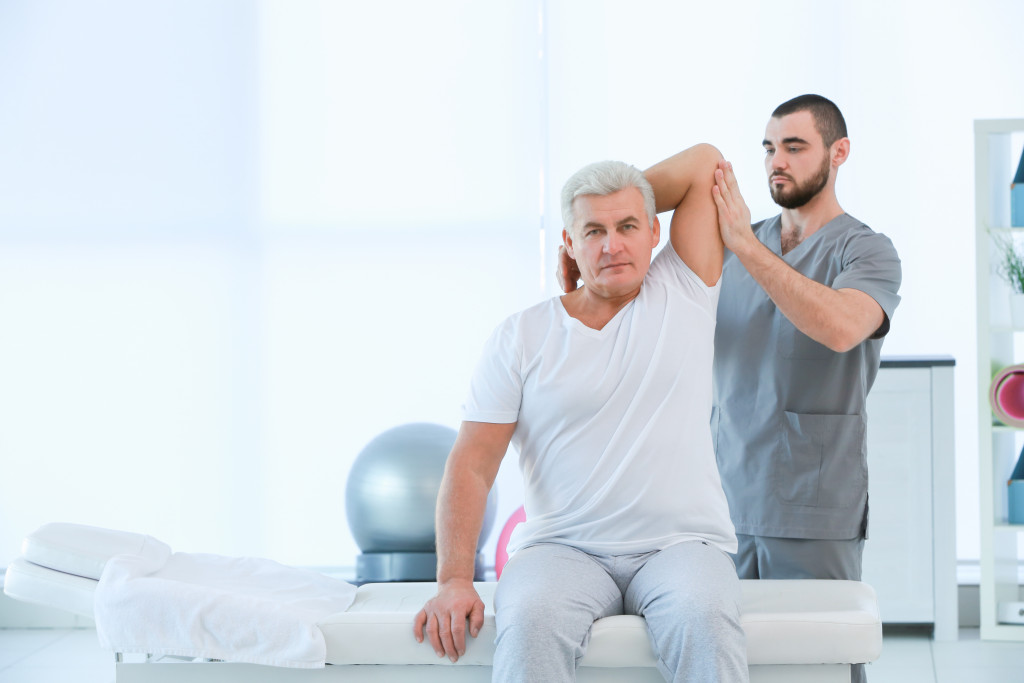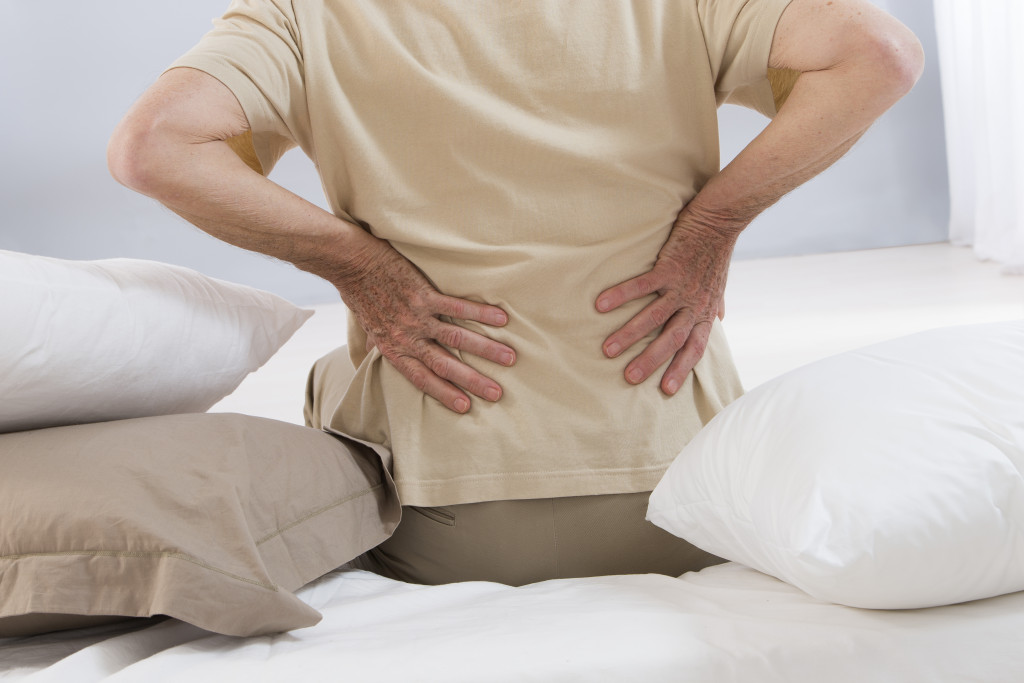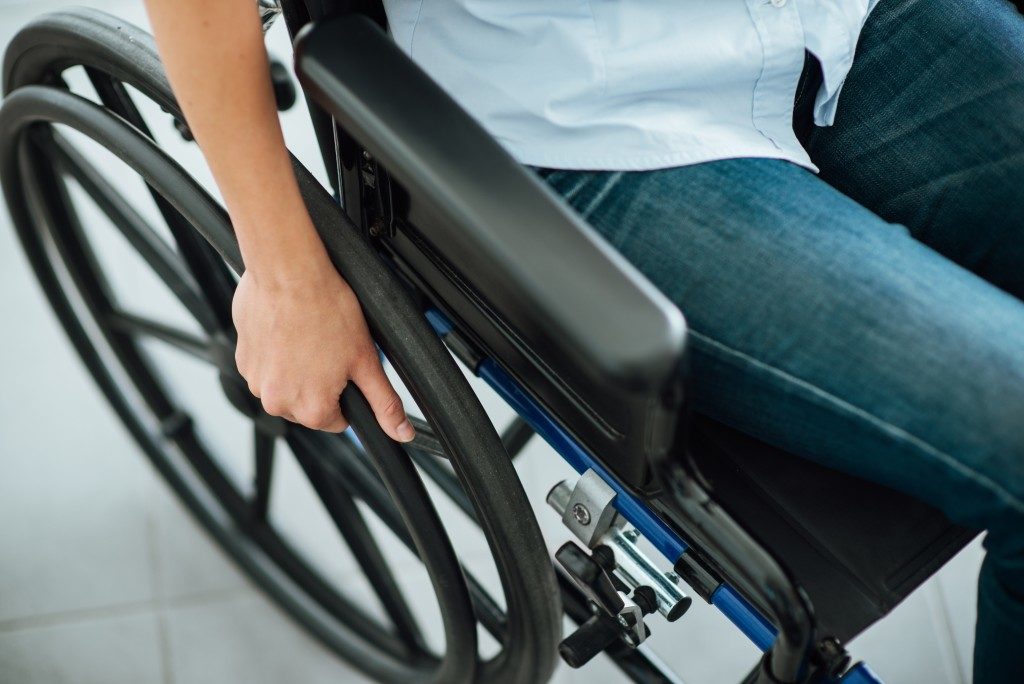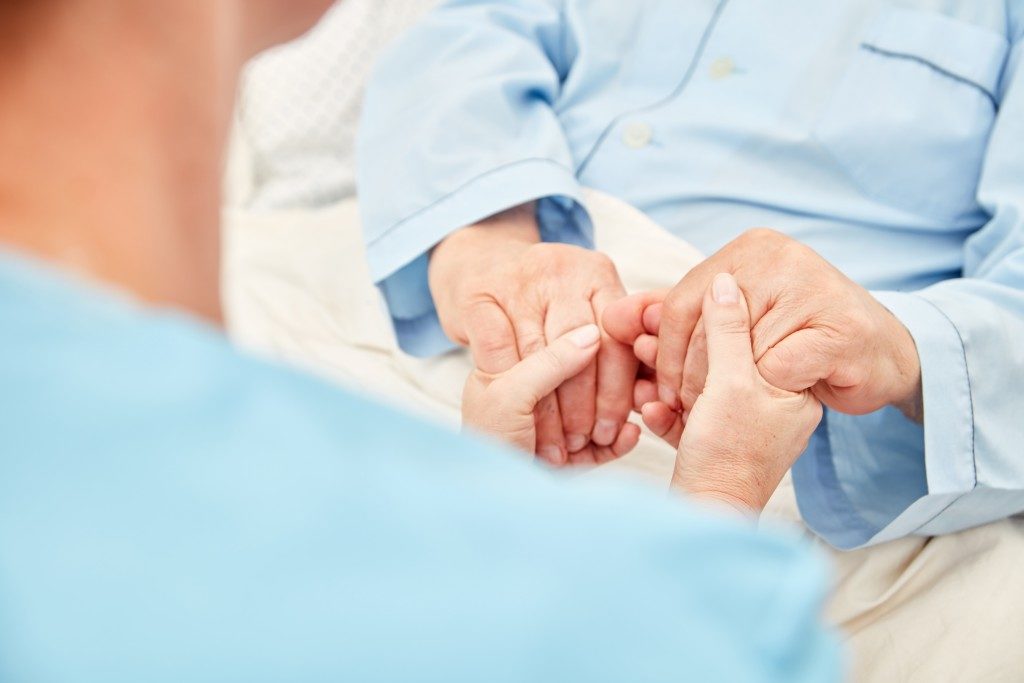More than 55 million people in the United States have osteoporosis, a disease that causes bones to become thin and weak.
Despite being prevalent, many still don’t understand the condition. What causes it? How is it diagnosed? What are the best treatments and prevention tips?

What Is Osteoporosis?
Osteoporosis is a condition that causes bones to become weak and brittle, making them more prone to fractures.
It’s estimated that about 54 million people in the United States have osteoporosis. Women are at higher risk than men, especially after menopause when estrogen levels drop. However, anyone can get osteoporosis, including children and adolescents.
There are two types of osteoporosis: primary and secondary. Primary osteoporosis is the most common type and occurs when bones lose density for unknown reasons. Secondary osteoporosis is caused by another condition or disease, such as cancer or autoimmune disorders.
What Are the Causes of Osteoporosis?
The causes of osteoporosis are not fully understood, but scientists believe a combination of factors contributes. These include:
- Hormonal Changes: Estrogen and other hormones help maintain bone mass. When hormone levels fluctuate, bones can become weak.
- Genetics: Osteoporosis has been linked to certain genetic mutations that affect bone health and density.
- Medications: Some medications, such as steroids and certain chemotherapy drugs can cause bone loss.
- Aging: As we age, our bones naturally lose density.
- Lifestyle Choices: Certain lifestyle choices affect bone health and may contribute to osteoporosis. These include smoking, drinking too much alcohol, not getting enough exercise or vitamin D, eating a diet low in calcium (and other nutrients), or being inactive for long periods.
Why Does It Seem to Affect Women More Than Men?
The reason women are more likely than men to develop osteoporosis is due largely to hormonal factors. After menopause, when estrogen levels drop, bones can lose density faster. Additionally, women tend to have smaller frames and less bone mass to start with.
What Are the Symptoms of Osteoporosis?
Most people with osteoporosis don’t have any symptoms until they fracture a bone. When symptoms do occur, they can include:
- Back Pain: Back pain may occur if the vertebrae become weak and break.
- Loss of Height or Posture: If it takes place in the spine, osteoporosis can cause spinal bones to compress and collapse. This causes a loss of height, along with a hunched posture that is sometimes referred to as “dowager’s hump.”
- Fragile Bones: Thin and brittle bones are a common sign of osteoporosis.
- Fractures: The most common symptom of osteoporosis is fractures, which can occur with little or no trauma.
How Is Osteoporosis Diagnosed?
Osteoporosis is diagnosed with a bone density test, which measures the amount of calcium and other minerals in your bones. Facilities like an urgent care clinic can perform this exam.
The most common method is dual-energy X-ray absorptiometry (DXA). In this exam, a technician will pass a low-dose X-ray through your bones to measure how much bone is lost and whether you have osteoporosis.
The doctor may also conduct other exams, such as blood tests to check for calcium and vitamin D levels, or a urine test to look for markers of bone breakdown. They will also perform a physical exam to look for any signs of fractures or bone deformities.
What Are the Best Treatments for Osteoporosis?
Osteoporosis is a chronic disease, which means it can’t be cured. However, there are many effective treatments to help prevent bone loss and fractures and manage symptoms.
Treatment options depend on how severe the osteoporosis is and whether other conditions or diseases are causing it. Most osteoporosis treatments aim to:
- Prevent further bone loss
- Strengthen bones if possible
- Improve balance to avoid falls and fractures
Popular treatments include:
Bone-Building Medications: These medications help build new bone, slow down the rate of bone loss, or prevent breaks in the spine and other areas. Examples include bisphosphonates, denosumab, and teriparatide.
Hormone Replacement Therapy: Estrogen therapy can help protect bones in women who have gone through menopause. It’s usually recommended for those who have been diagnosed with osteoporosis and are at high risk of fracture.
Weight-Bearing Exercise: Many types of physical activity can help build strong bones, including weightlifting, dancing, running or jogging, and playing tennis or other sports that involve jumping and quick movements. Talk to your doctor about the best exercises for you.
Calcium: Calcium is vital for maintaining bone health. You can increase your calcium intake by eating foods high in calcium, such as dairy products, leafy green vegetables, and fortified foods and drinks.
Vitamin D: This vitamin also helps keep bones healthy. Most people get enough vitamin D from sun exposure, but some may need to take a supplement. Talk to your doctor about whether you need a vitamin D supplement.
Smoking Cessation: Smoking is bad for bones and can increase the risk of fractures in people with osteoporosis. If you smoke, talk to your doctor about ways to quit smoking.
Osteoporosis can lead to serious health problems, but there are many treatments that can help. If you suspect you have osteoporosis or are experiencing symptoms of the disease, visit an urgent care clinic or speak with your primary care physician about treatment options.



